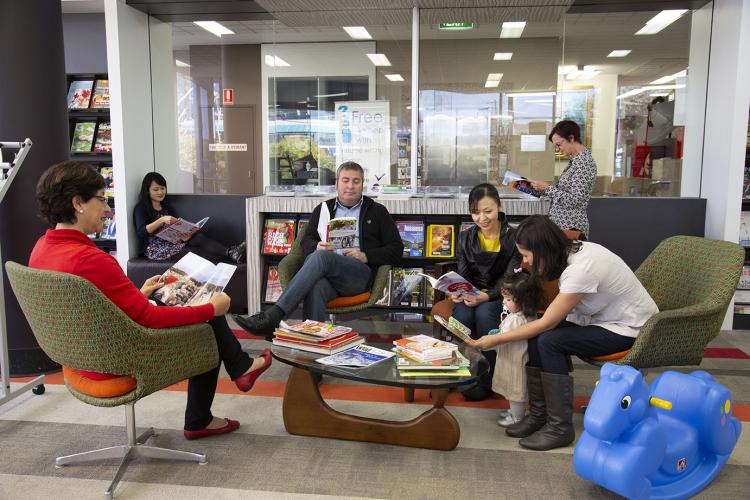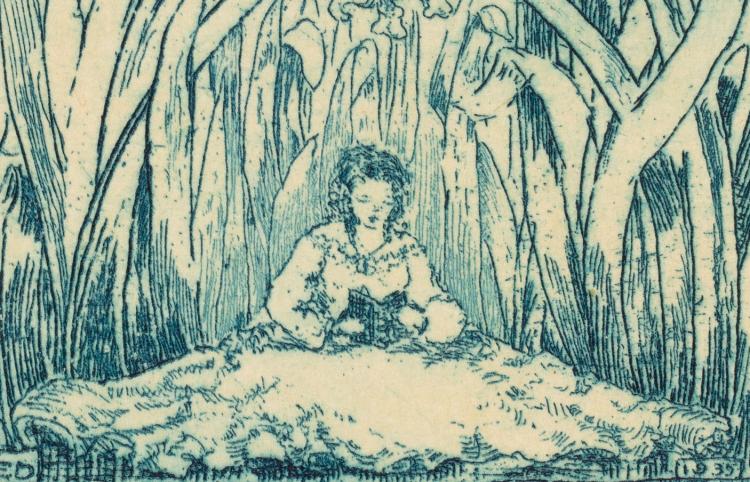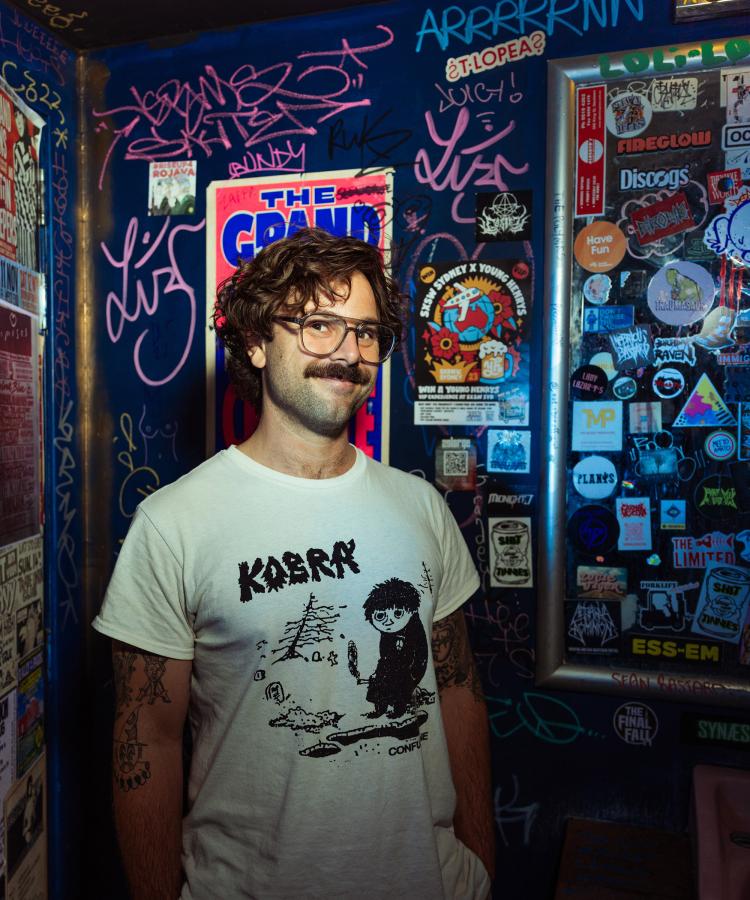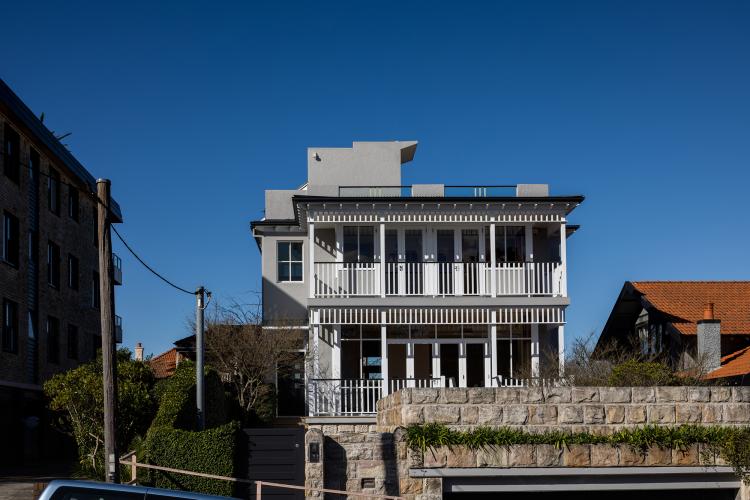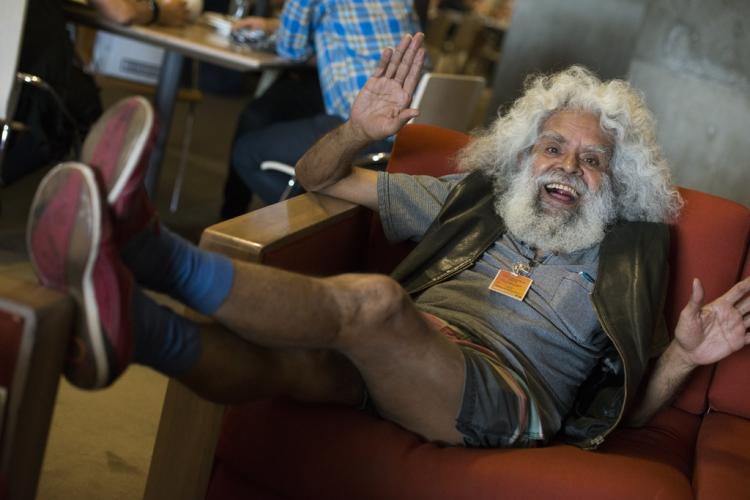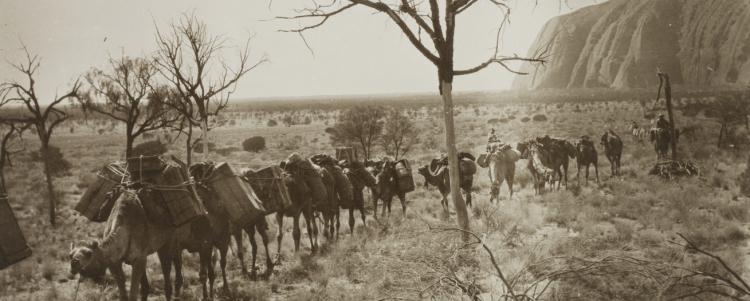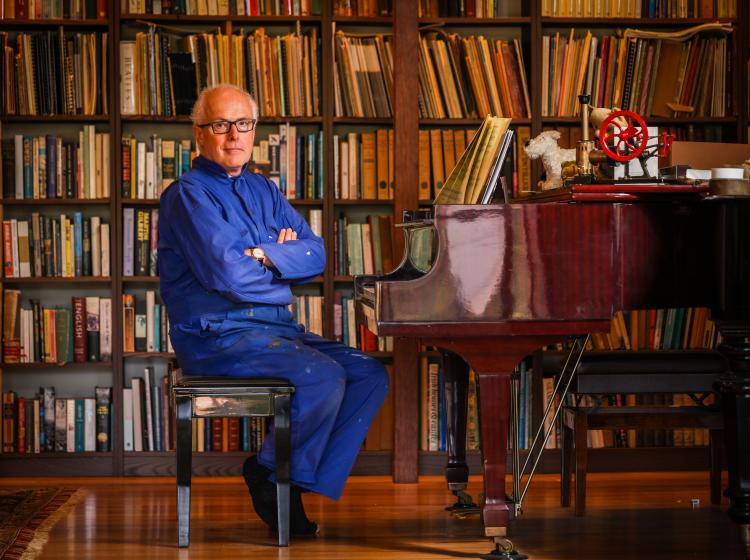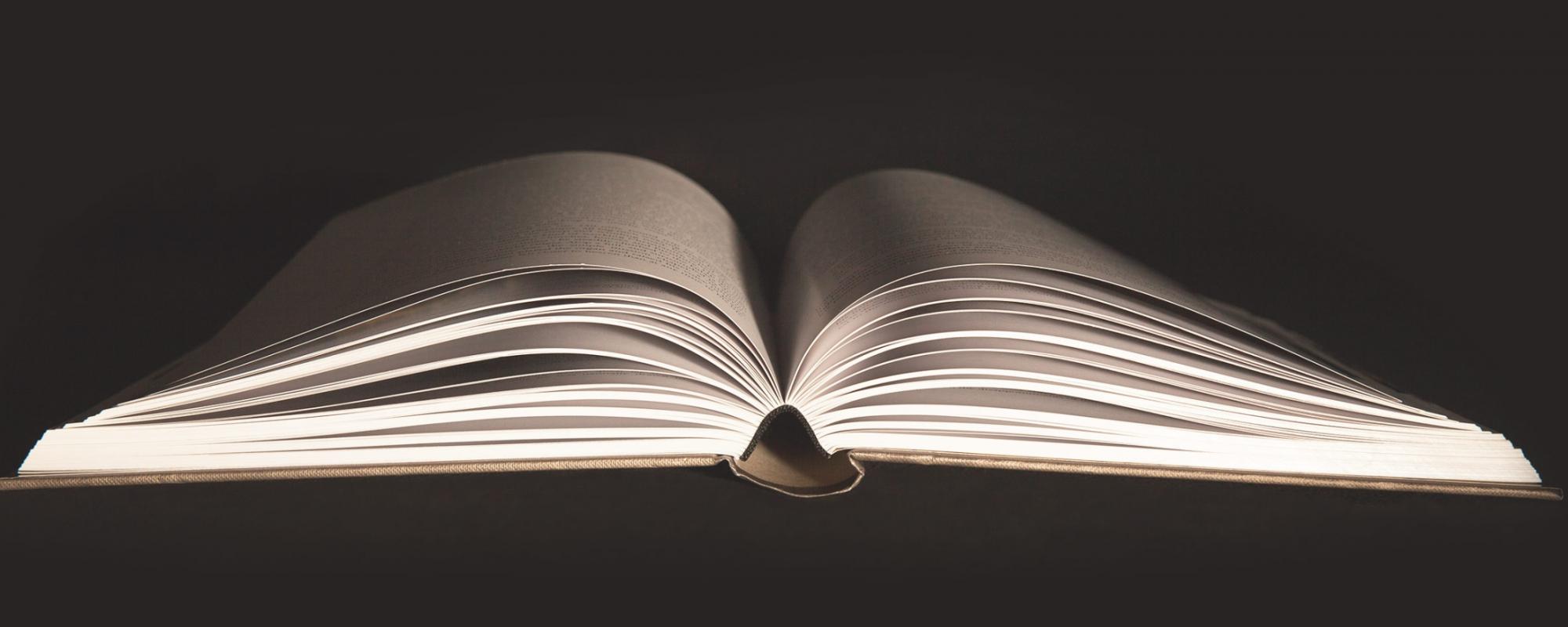
Stories
Showcasing people, places and ideas inspired by the collection and the library community.
Featured
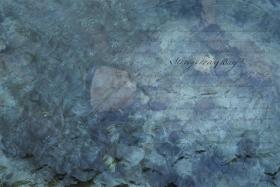
Eight days in Kamay
On 29 April 1770, the Gweagal people of Kamay (Botany Bay) discovered James Cook and his crew as they sailed into the bay and came ashore. The eight days that followed changed the course of Australia’s history. 250 years later the events of those eight days and their continuing impact are still being debated, contested, felt.
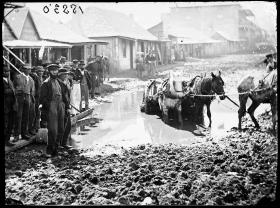
- History
- In Depth
The Holtermann Collection: photographic documentation of goldfields life in Australia
In 1951, a hoard of 3,500 glass plate negatives from the nineteenth century was discovered in a garden shed in Chatswood.
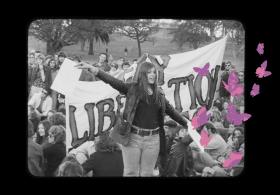
Coming Out in the 70s
Gay and lesbian life went public in the 70s. Speaking up and standing out, gay men and women took to the streets proudly demanding to be seen, heard and accepted.
These chapters draw from stories and records in the Library’s collection to explore how the gay and lesbian rights movement emerged in NSW in the 1970s.

